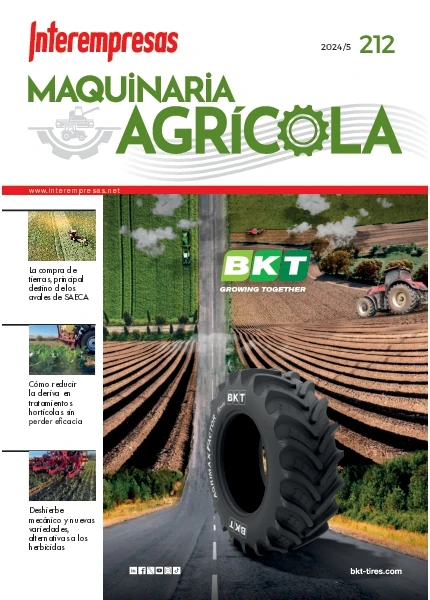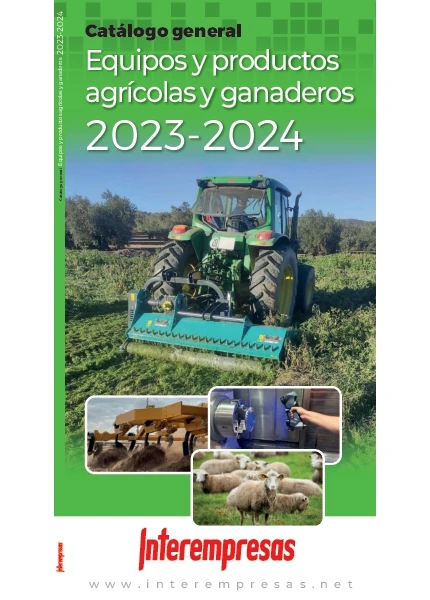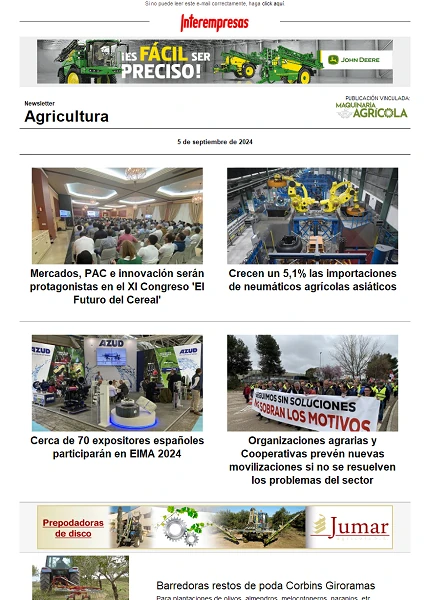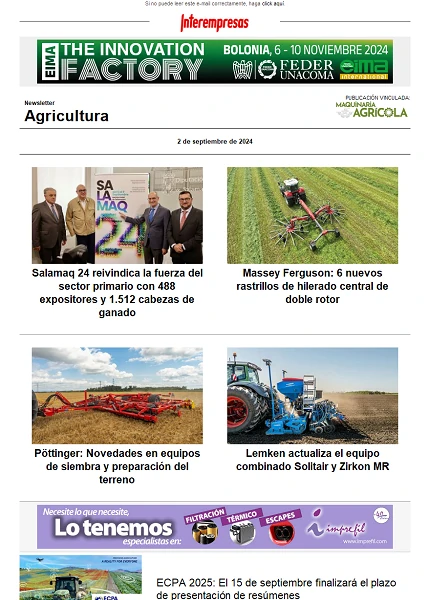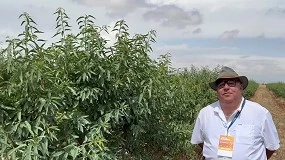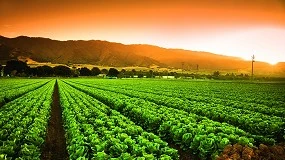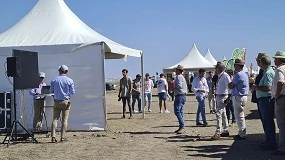New typologies of fruit and calendars longer centre the XVI Exhibition of varieties of peach and nectarina
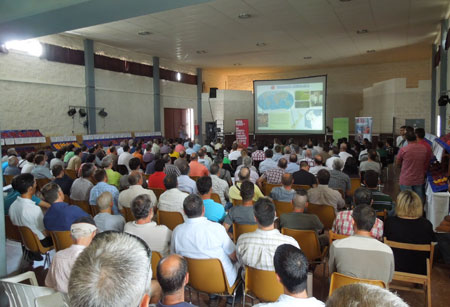
During the session, the doctor Churches, manager of the program of evaluation of new varieties and patterns of the IRTA and main speaker of this annual appointment, that had a total of 560 assistants, presented the peculiarities closely of 100 new varieties studied the last year regarding instrumental quality and gustativa, colour, calibrate, consistency of the pulpa and behaviour agronómico. In particular, it illustrated the characteristics of four typologies of fruit: the nectarina of pulpa yellow, the nectarina white, the white peach, the nectarina flat and the flat peach or Paraguayan. So much in peach as in nectarina, the majority of varieties evaluated proceed of United States, Italy, France and in lower measure of Spain. The greater progress of the last years has been the creation of lines varietales designated “series” that contribute some similar characteristics in presentation (colour, calibrate, form, etc.) and quality gustativa, being the majority of sweet flavour and pulpa consistent, with a good behaviour in poscosecha. Between these, the most known in nectarina are the series ‘Honey', ‘Nectapom' or ‘Extreme', between others. Of course that ‘Big Top' keeps on being the indisputable reference inside the nectarina yellow.
Besides, the expert in novelties varietales of the IRTA presented new typologies of fruit, pertinent of Italy, and unpublished to date. It treats of a yellow peach or pavía with leather of nectarina and two varieties of albino peach or ‘Ice Peach' with the peculiarity of the white colour of the epidermis, texture crocante, pulpa of sweet flavour and slow maduration in the tree (‘Slow ripe'), also designated ‘Stony hard'. In definite, a change of presentation that supposes an innovation and that “it can help to diversify even more this fruit of bone”.

Likewise, gave to know also numerous varieties of flat peach and nectarina flat that, in the last years, “have experienced an important peak with an exponential growth of the productions” and of which expects for Catalonia a production of 71.000 tonnes on a surface of 4.000 hectares, along the year in course. From the punto varietal, the improvement has been extraordinary and although ‘UFO-4' and ‘Sweet Cap' keep on being the reference, have entered to scale commercial numerous new varieties that contribute a better closing of the quality pistilar, a better colouring and a quality gustativa optimum. The practical whole of the same, so much in peach as in nectarina flat, are of sweet and aromatic flavour, mostly of pulpa white in the case of the flat peach. The range varietal available covers a wide period of recolección that covers from principles of June to finals of September, much more complete in the case of the peach that the nectarina flat.

Finally, the doctor Churches underlined the importance of relanzar the consumption of the peach in Spain. “If here it situates in 4,8 kilos per person and year, in Italy arrives until the 22. This is due to that we do not achieve to transmit to the consumer the quality of the new varieties. It has innovado and a lot in the last two decades, but this has not translated in an increase of the consumption”. It is precise that the important reconversion varietal realised in the last years and the bet decided by the innovation that has realised the producing sector, translate in a greater quality in destination and a satisfaction for the consumer that allow to increase the consumption. For this reason, the researcher of the IRTA insisted in the need to handle properly the varieties and in particular realise his harvest in base to parameters of quality and in function of his destination, that allow to satisfy the demand of the consumer in what to quality organoléptica refers and no in base to speculative prices.
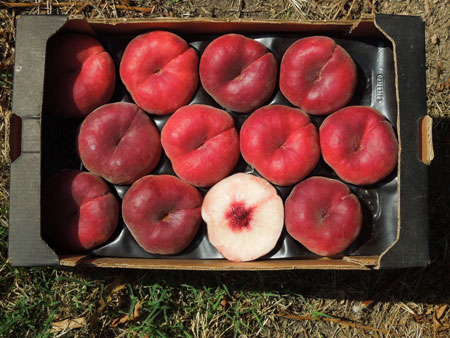
The handle of the irrigation: a tool for the control
In the transcurso of the same day, the doctor Joan Gironinginga, manager of the Program 'efficient Use of the water' of the IRTA, exposed the main appearances of handle of the irrigation like an efficient tool to optimise the productions of peach, reach a better quality, control the vigour of the tree and use of efficient form an increasingly expensive resource and scarce: the water of irrigation.
The presentation reviewed, initially, the basic concepts of the irrigation and the importance of the fact that the plant have of all the water that requires in the critical moments of his initial cycle. Equally, it analysed the possibility to reduce the contributions hídricos in those moments no critics for the production and in which a true level of deficit can improve some appearances of quality, conservation and useful life of the fruit, as well as it limits an excessive vegetative growth that always is negative in the crop of the melocotonero, especially in plantations with a high percentage of vegetal coverage.
An important part of the presentation oriented to the analysis of the effects of the irrigation on the quality of the peach, where signalled the high dependency of the quality in function of how have had , from the punto hídrico, to the plantation. In this sense, some of the exposed examples illustrated the idea that to obtain peaches of quality (and expand his useful life) is necessary a true level of deficit in some moments of his annual cycle, although never exceeding an excess of deficit. In the presentation, also analysed how these thresholds of deficit, already went the good or the negative, vary (and of important form) in function of the variety and of the load of fruit of the tree.



